{{ banner_block|raw }}
What is a cold plunge?
A cold plunge is the practice of immersing the body — usually up to the shoulders — in water that ranges from 39°F to 59°F (4°C to 15°C). It can be done in a dedicated cold plunge tub, an ice bath, a chilly lake, or even a cold shower if you're easing into the experience.
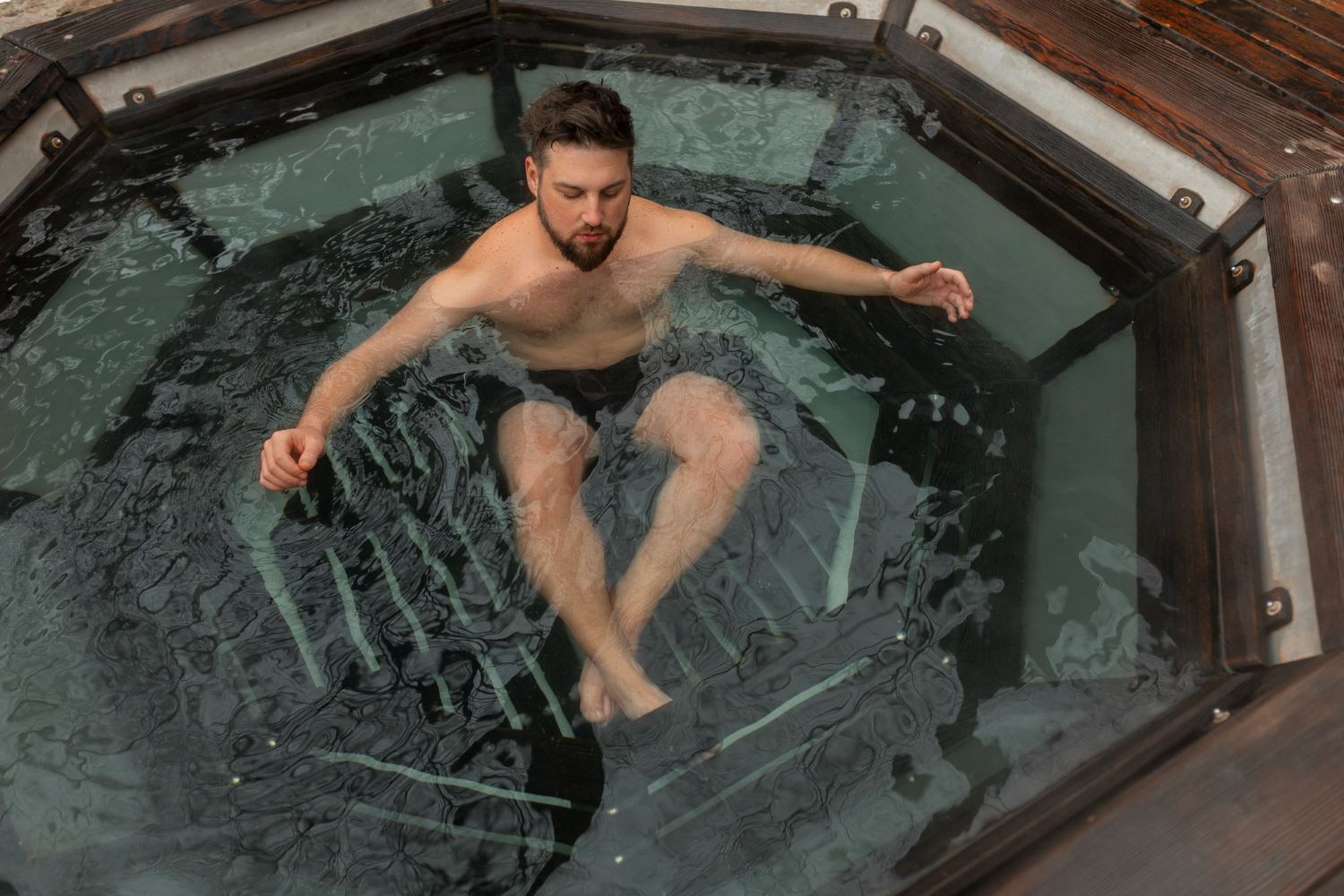
People turn to cold plunges for a variety of reasons: muscle recovery, stress reduction, better sleep, and a sense of mental clarity. But what are cold plunges good for, really? The answer lies in how your body responds to cold exposure.
How does cold plunging work?
When you submerge your body in cold water, several physiological responses kick in:
Vasoconstriction: Blood vessels near the skin tighten to preserve core temperature, redirecting blood to vital organs.
Norepinephrine and epinephrine release: These hormones enhance alertness, energy, and focus.
Brown fat activation: Your body taps into brown adipose tissue (BAT) to generate heat, increasing metabolic activity.
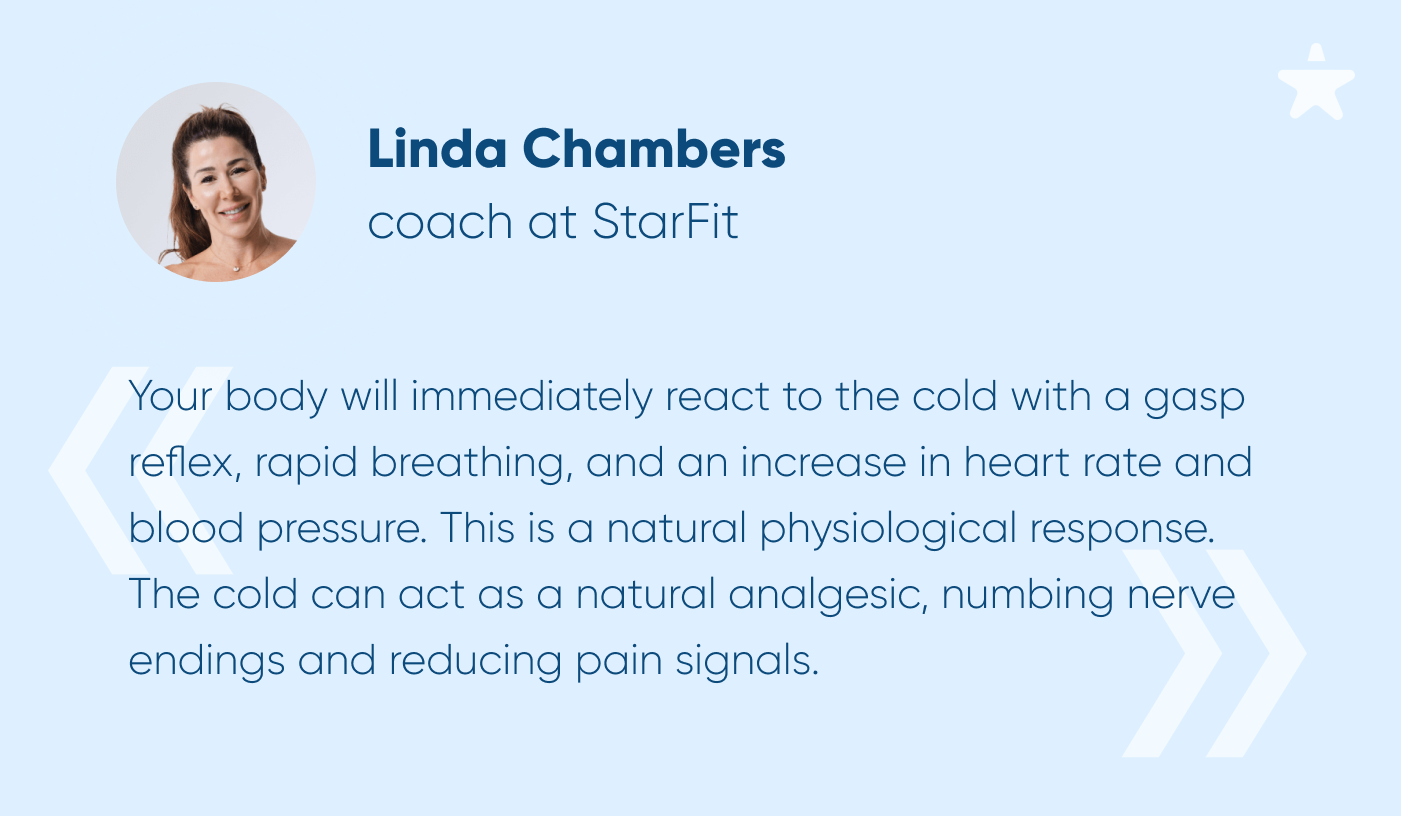
What are the benefits of cold plunges?
Cold plunging offers a surprising array of health perks:
Reduced muscle soreness and inflammation
Boosted mood and mental clarity
Improved sleep quality
Enhanced circulation
Stronger immune function
Increased metabolism
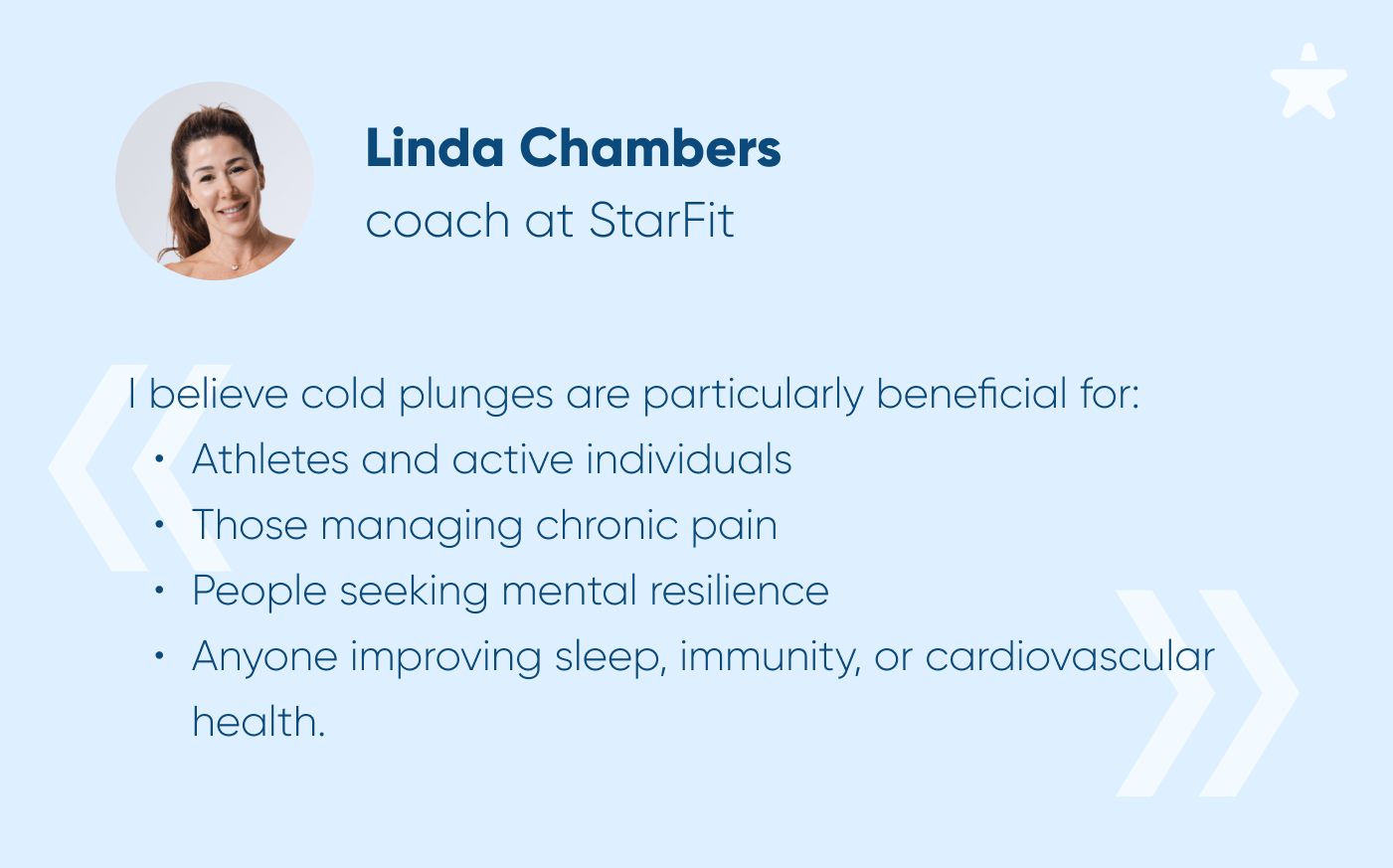
Do cold plunges help with fat burning and weight loss?
One of the most searched questions is: Do cold plunges help with weight loss? The answer: potentially, yes.
By activating brown adipose tissue, cold plunges can increase your metabolic rate slightly. Though it's not a magic weight-loss bullet, regular exposure may support fat burning when combined with proper nutrition and exercise.
Are cold plunges good after workouts?
Yes, cold plunges can help reduce Delayed Onset Muscle Soreness (DOMS), especially after intense training. However, some studies suggest that using cold immersion immediately after resistance training might blunt muscle growth by reducing inflammation too quickly. Timing and your training goals matter.
Can cold plunges reduce inflammation or muscle soreness?
Absolutely. One of the biggest benefits of cold plunges is inflammation control. By constricting and then dilating blood vessels (once you're out), the body flushes out inflammatory waste products and brings in fresh oxygenated blood.

Who should and shouldn't do cold plunges?
Cold plunges are generally safe for most healthy individuals — but not for everyone.
May benefit most:
Athletes
People with chronic inflammation or autoimmune issues
Those seeking stress reduction or mood boosts
Should consult a doctor:
People with cardiovascular disease
Those with Raynaud’s syndrome or cold hypersensitivity
Pregnant individuals (see below)
Are cold plunges safe during pregnancy?
It’s best to avoid cold plunges during pregnancy unless cleared by a medical provider. Sudden changes in blood pressure and body temperature can pose risks. Always prioritize safety and professional advice.
How often should you do cold plunges?
How often should you do cold plunges? That depends on your goals and experience.
Beginners: Start with 1–2 sessions a week
Advanced users: Up to daily use, for short durations (1–3 minutes)
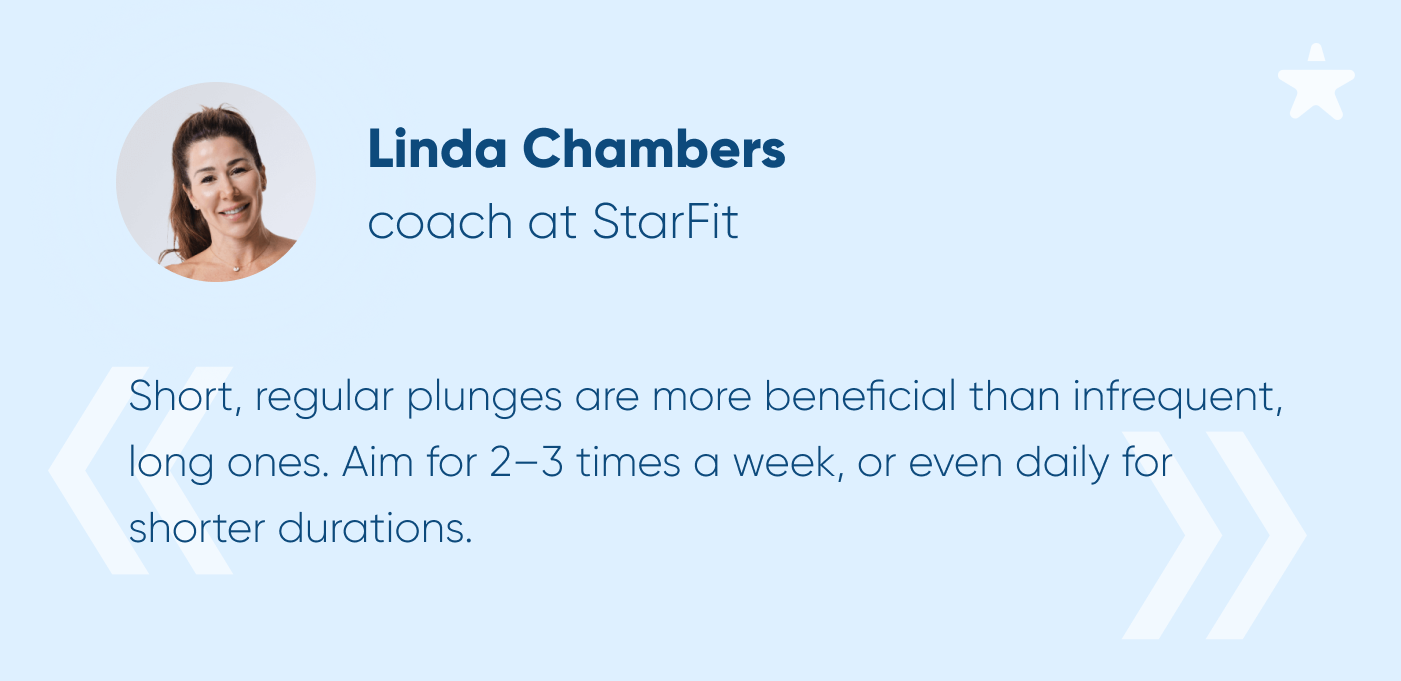
Can you do cold plunges at home?
Yes! Many people create home setups using:
Ice baths
Cold plunge tubs
Chilled barrels or stock tanks
Cold showers (to build tolerance)
Start slowly, track your body’s response, and focus on your breath.
Linda’s tip for beginners:
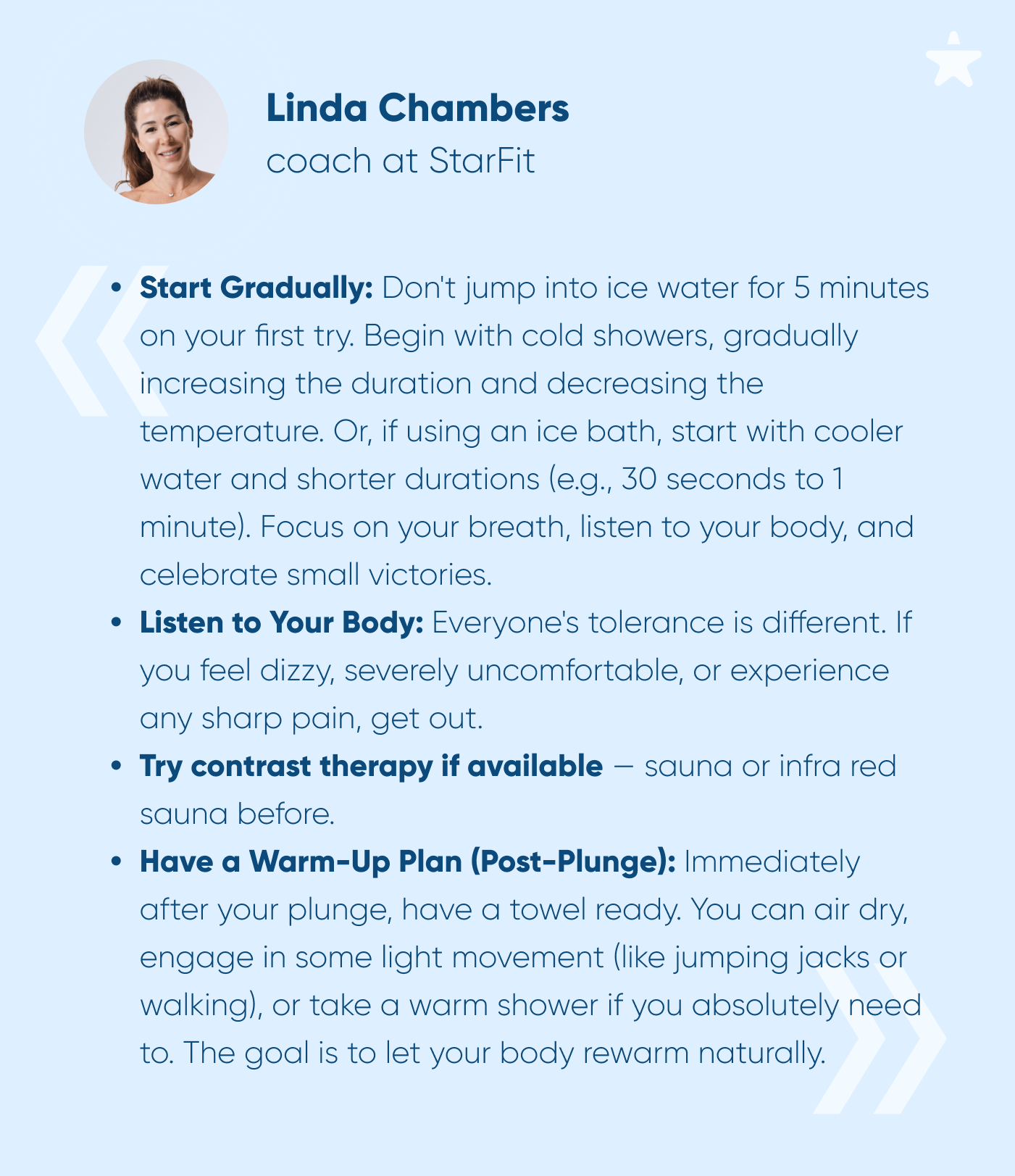
Are there any risks or side effects?
While cold plunging is generally safe, risks include:
Hypothermia if overexposed
Skin irritation or frostbite (in extreme temps)
Cardiovascular strain for those with heart conditions
Feeling faint or light-headed
Use the buddy system, don’t push beyond your limits, and always warm up slowly afterward.
Final thoughts: Are cold plunges right for you?
If you’re seeking a natural way to boost energy, reduce inflammation, improve sleep, and build mental toughness, cold plunging might be your new wellness tool.
Linda Chambers, who discovered cold plunges through a breathwork retreat, reflects:
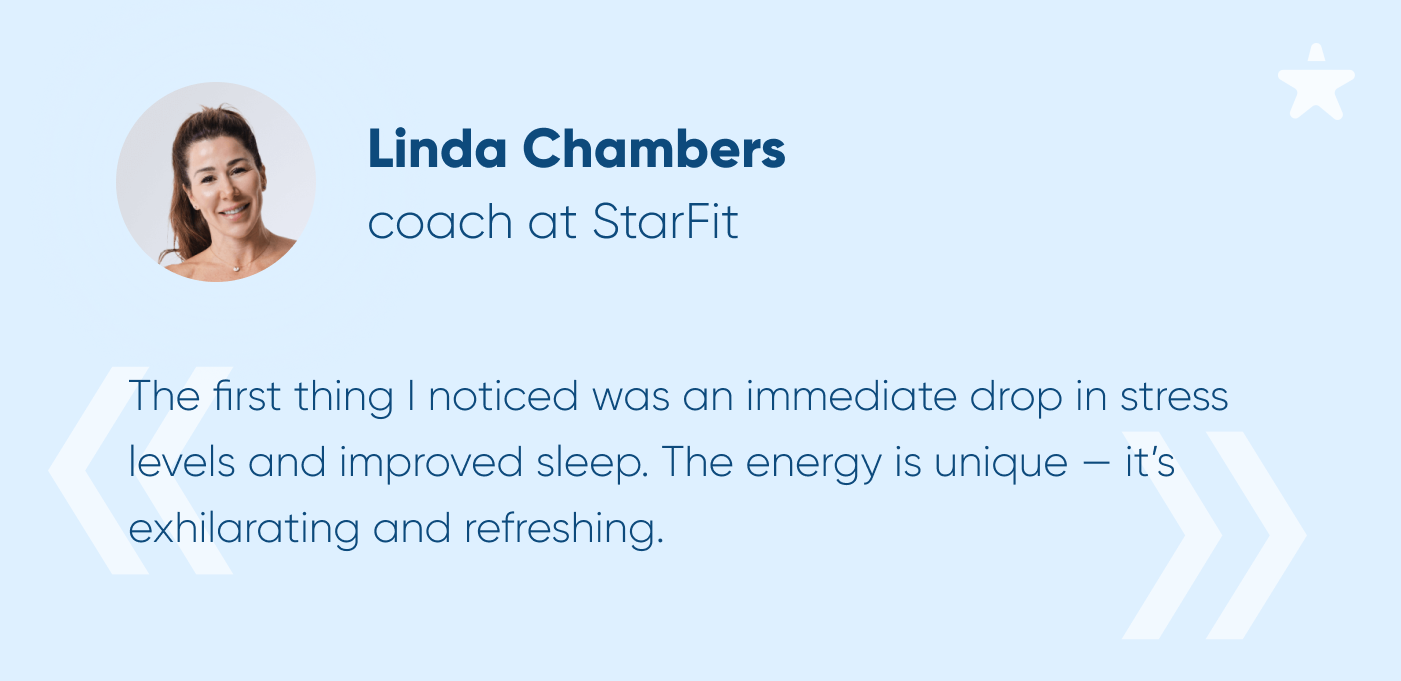
Whether you're chasing performance gains or simply looking for a daily reset, cold plunges offer a powerful — and chilly — path to better health.
















